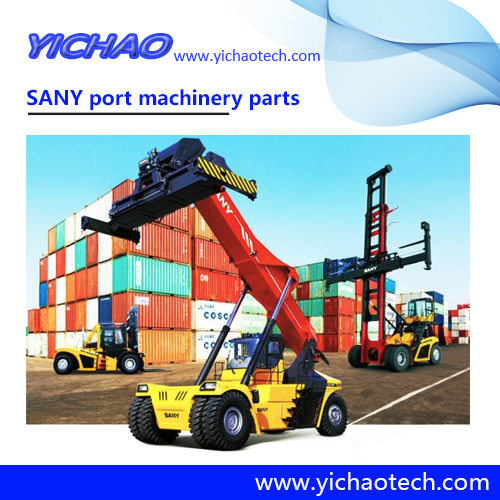Routine Maintenance Of Hoisting Machinery Parts
Routine maintenance of hoisting machinery parts:
1. Check the reducer of hoisting machinery mainly to see if it leaks oil. If there is abnormal noise in the box during operation, open the box cover to check. Generally, it is caused by bearing damage, excessive gear meshing backlash, and serious tooth surface wear.
2. Check the performance and condition of the lifting machinery brake. The brake is an important part of the crane, which directly affects the accuracy and reliability of the movement of each mechanism. Therefore, it is necessary to carefully check the conditions of the brakes of the lifting and luffing mechanisms, observe the opening of the brake shoes and the wear of the friction element brake pads. For band brakes, check whether the steel backing of the brake band is cracked, whether the transmission of the brake is flexible, whether the brake frame is intact, and whether the elasticity of the main spring and auxiliary spring meets the requirements.
3. Inspection of hoisting machinery wire rope. Check the wire rope should focus on the observation of broken wires, wear, kinks, rust, etc., for some places where the wear and broken wires are more serious but have not exceeded the standard, make a mark to focus on the follow-up re-inspection. Pay attention to check whether the safety limiter of the steel wire rope in the drum is effective, whether the steel wire rope pressing plate on the drum is pressed tightly and whether the number of pressing plates is appropriate.
4. Inspection of pulleys of lifting machinery. The focus is on whether the amount of wear at the bottom of the groove exceeds the standard and whether there are cracks in the cast iron pulley. For the balance wheel of the pulley block of the luffing mechanism, it is easy to be ignored because it does not move under normal conditions. Therefore, you must check the flexibility of its rotation before installation, otherwise, the length and tension of the pitching left and right wire ropes cannot be automatically adjusted by the balance wheel during installation, which increases the difficulty of adjusting the pitching rope at high altitude and the degree of risk of operation.
5. Check whether the couplings are loose or even “rolling keys”. Focus on checking the elastic rubber ring of the elastic pin coupling for abnormal wear, and pay special attention to the wear of the gear ring of the toothed coupling. Due to poor installation accuracy, when there is a large offset between the two shafts, the entire ring gear will quickly wear out in a short time. If such a situation occurs in the lifting mechanism of a crane, serious accidents are prone to occur.



